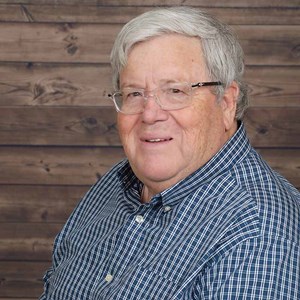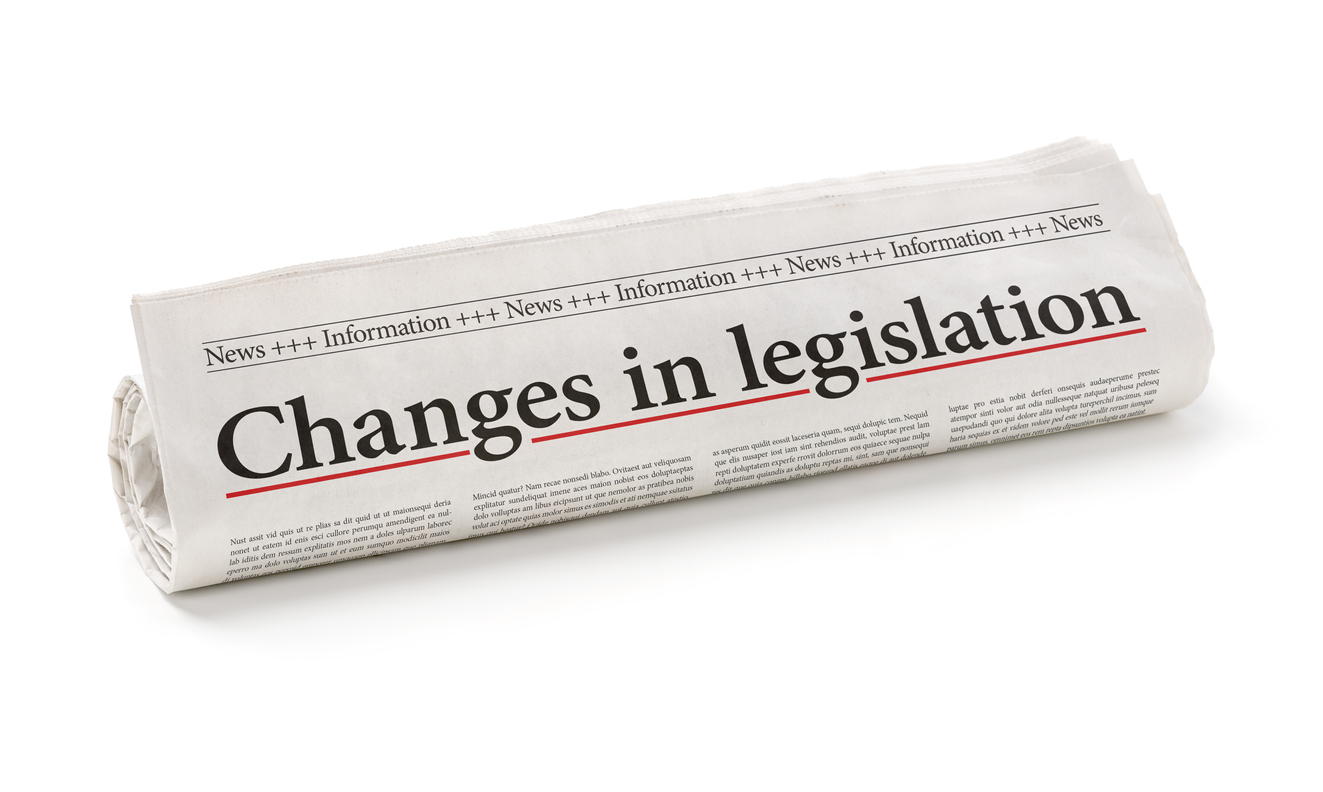Steve Badger gets the 2014 Insurance Defense Attorney Macho Man Award. His works, What The Hail Is Going On In Texas?,1 and The Emerging Hail Risk: What The Hail Is Going On?,2 have envious insurance defense attorneys complaining that they have been slow to address the needed “tough guy” for the insurance industry, and others questioning if Badger is being fair to customers of the insurance industry. He also has addressed the issue in a seminar – stay tuned.
Corey Harris first addressed Steve Badger’s views in a post on our Condominium Insurance Law Blog: Who’s Really Driving the Hail Bus In Texas? Harris summarized Badger’s conclusions as follows:
Like anything in life, there is some truth to what Badger has written. The aftermath of Hurricane Ike did usher in a new generation of claims consultants, public insurance adjusters, contractors, and even attorneys (as has been the case with every major disaster). It similarly created a new era of insurance adjusters (that were sent into the field to adjust claims with little to no training), “construction consultants” (practicing engineering without that pesky license), and defense attorneys (with no discernable experience in property damage claims).
Where the article misses the boat, in my opinion, is in placing the blame squarely on the people offering to help the policyholders. Are there some bad apples on both sides? Sure, that’s why the Texas Association of Public Insurance Adjusters actively reports individuals that are adjusting claims without a license and was instrumental in passing new legislation to prevent contractors from adjusting claims. But insurance carriers and their representatives must shoulder the blame as well. Whether it is a lack of training, or an internal backlash resulting from the number of storms and amounts paid out by carriers (Amarillo alone saw $500 million in insured losses), some carriers have utterly failed in their obligation to provide prompt and fair payments. Often these denials are based on self titled “construction consultants” that are passed off to the policyholder as professional engineers.
…
Badger concludes by saying the pattern of increasing hail lawsuits “will continue until the insurance companies curtail their coverage to the point that it no longer makes sense for these third parties to get involved in the insurance claims process, or greater judicial and legislative attention is brought to bear.” This “take my ball and go home” approach, however, is far from the solution. To prevent “third parties” from getting involved in insurance claims, carriers should perform full, unbiased investigations with qualified and reputable experts. If this happens, the vast majority of claims will be settled and the carriers will be able to successfully defend any litigation challenging their determinations.
From my view, Steve Badger correctly points out that a number of new policyholder attorneys are practicing this field of law. Some of these attorneys who used to do personal injury work have “deals” in place with a number of public adjusters where files are shifted from the representation of a public adjuster to a plaintiff’s attorney right away for payment of a fee to the public adjuster from the attorney. Of course, this is illegal. We recently complained to the Texas Bar about this because it is unethical, takes money from ethical attorneys, and promotes ethical attorneys in Texas to do unethical actions to stay in business. We’ll see where this leads, but attorney involvement is not just because insurance companies are taking a harder line on claims.
Still, Badger’s points remind me a lot of what the Insurance Defense Attorney Macho Man Award winners from 1983 to 1990 were saying about fire claims. Most younger readers have no idea what I am talking about, but during those days, insurance defense attorneys were jumping all over each other trying to prove that policyholders were committing arson insurance fraud at an alarming rate. In the same rhetoric as Badger does with hail claims, they made out the customer to be the suspect of insurance fraud. Eventually, science disproved the rhetoric and myths championed by Macho Insurance Arson Attorneys:
In 1985, when the National Fire Protection Association (NFPA) Standards Council became sufficiently concerned about the validity of fire investigations, it appointed a Technical Committee to address the issue. Seven years later, the Committee and NFPA produced the first edition of NFPA 921, Guide for Fire and Explosion Investigations. The howls of protest from fire investigation “professionals” were deafening. If what was printed in that document were actually true, it meant that hundreds or thousands of accidental fires had been wrongly determined to be incendiary fires. No investigator wanted to admit to the unspeakable possibility that they had caused an innocent person to be wrongly convicted, or a family to be wrongly denied their life savings. The profession was in denial.3
I do agree that there now exists a mature hail damage roofing restoration industry. These roofers follow the digital data maps of where hail falls. Thus, the number of hail claims found and claimed has gone up as there are more roofing contractors “chasing” hail damaged roofs. Is it wrong? No, but when the frequency of a loss increases significantly from past historical levels, do not expect the insurance industry to accept this without a response. Remember what happened to mold coverage in property damage policies?
I was at a mediation this past week where a national general adjuster said he gives almost no credence to hail damage estimates of roofs given by public adjusters. I can understand this. Most roofers repair a roof to illegal standards. They cut labor safety mandates and fail to follow manufacturer’s recommendations. Failure to do so is illegal under Building Codes. So, if a public adjuster provides a legal estimate, but because of competitive pressures most roofers build or repair to an illegal standard, does that make the public adjuster’s estimate “wrong?” Should insurance companies be allowed to follow or submit illegal estimates?
I imagine this is a case by case basis issue. Intentionally overestimating costs is fraud. But, some insurers promote illegal building practices and that is just as fraudulent. Two wrongs never make a right, and we will see how this plays out.
So, my view is to give a BRAVO to Badger for his marketing genius. I also give him a big BOO. He has helped those following him to declare war on all of the insurance company’s hail damaged customers while pointing out that only some are engaged in fraud. That is a delicate balance.
In 1989, I spoke at the International Association of SIU convention in Phoenix. I warned of their treating all policyholders with a wide net. I suspected that they would wrongfully “catch” many innocent and deserving insureds. I was proven right in the arson arena.
We’ll see where this leads with hail claims. It is a very complicated subject. To his credit, Steve Badger raises many valid points. But the balance . . . .
Positive Thought of the Day
“Pure love and suspicion cannot dwell together: at the door where the latter enters, the former makes its exit.”
― Alexandre Dumas
1 Law360, December 19, 2013 (Last viewed 6/17/2014 at http://www.zelle.com/news-publications-254.html).
2 Claims Journal, Spring 2014.
3 The Mythology of Arson Investigation, John J. Lentini.



